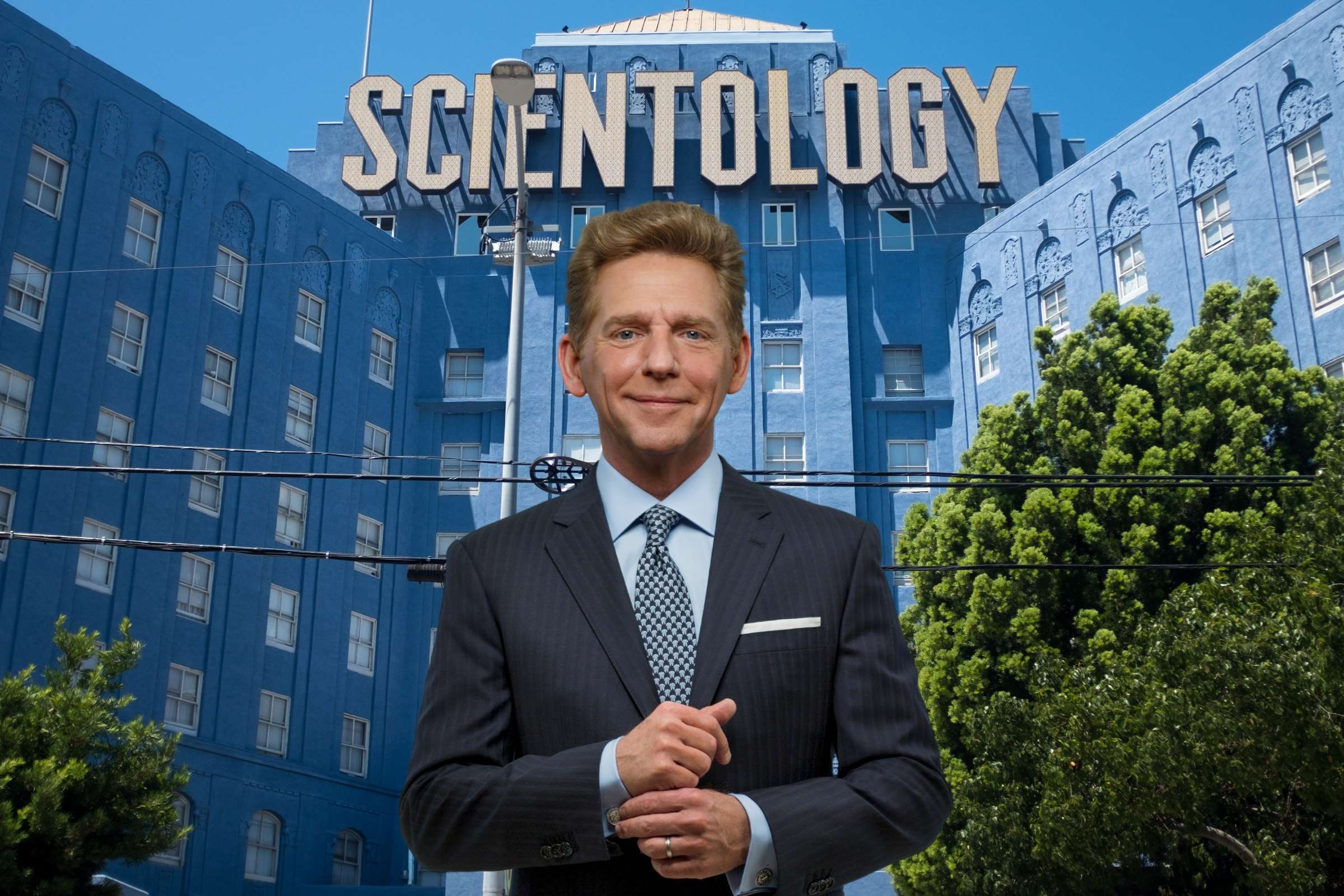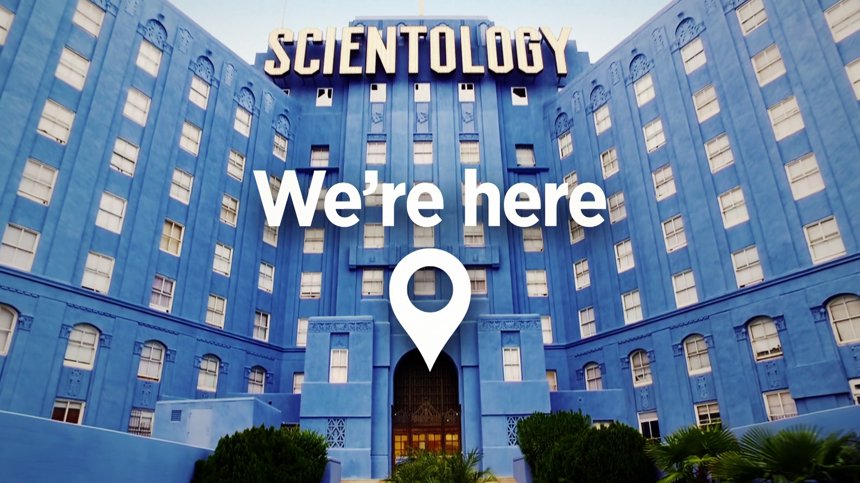Embark on a Journey of Exploration: Explore the Teachings of Scientology
Embark on a Journey of Exploration: Explore the Teachings of Scientology
Blog Article
The Fact Concerning the Church of Scientology Revealed
The Church of Scientology has actually long been a topic of both fascination and dispute, with its beginnings dating back to the mid-20th century. As we start to unwind the reality about the Church of Scientology, a more clear image arises, exposing a story that is as interesting as it is controversial.
Beginnings and Founding
The Church of Scientology was started in 1954 by science fiction author L. Ron Hubbard. Hubbard at first created a self-help system called Dianetics, which later progressed right into what is now recognized as Scientology. The beginnings of Scientology trace back to Hubbard's dissatisfaction with conventional psychiatric therapy approaches and his belief in the possibility for individuals to get over previous injuries and attain spiritual knowledge.
Hubbard's teachings centered around the concept of thetans, never-ceasing souls provide in all individuals, and the practice of auditing, a kind of therapy targeted at revealing and dealing with past traumas (Scientology South Africa). These principles formed the foundation of Scientology, which Hubbard called a faith that provided a path to self-discovery and individual development
The Church of Scientology promptly acquired followers, with Hubbard establishing the initial official Church of Scientology in Los Angeles. Throughout the years, the organization broadened globally, bring in both dedicated fans and critics who increased concerns concerning its techniques and ideas. Despite debates bordering its techniques and origins, Scientology continues to be a substantial religious movement with a presence in various countries around the globe.

Ideas and Practices
With a concentrate on spiritual enlightenment and personal development, Scientology's practices and beliefs rotate around achieving and discovering previous injuries self-discovery via the concept of thetans and the practice of bookkeeping. Thetans, according to Scientology teaching, are never-ceasing souls that exist within each person. These thetans have endured numerous past lives and have accumulated adverse experiences referred to as engrams that impede spiritual progress. Through a procedure called bookkeeping, Scientologists objective to address and get rid of these engrams to attain a state of clear, without the adverse impacts of previous trauma.
By doing so, Scientologists think they can attain spiritual enlightenment, enhance individual development, and reach their full potential as spiritual beings. The method of bookkeeping is main to the ideas and methods of Scientology, emphasizing self-discovery and the quest of a greater state of presence.
Criticisms and conflicts
In the middle of public examination and debate, the Church of Scientology has actually encountered a plethora of objections and disputes concerning its techniques and effect on society. One significant point of opinion rotates around the company's claimed financial practices, with accusations of exorbitant charges for solutions and hostile fundraising tactics - Scientology Johannesburg. Movie critics have actually also elevated worries concerning the Church's stringent hierarchical framework, which some former members claim fosters a culture of control and adjustment
Additionally, the Church of Scientology has actually gone through extensive criticism for its therapy of participants, consisting of claims of compelled labor, mental abuse, and the method of interference, where members are motivated to cut ties with friends and family crucial of the Church. These techniques have actually caused different legal challenges and investigations in numerous nations, casting a darkness over the Church's online reputation.
In Addition, the Church's hostile legal tactics against media and movie critics outlets have actually triggered disputes about liberty of speech and the limits of spiritual defense. These debates have significantly designed public perception of the Church of Scientology and continue to sustain ongoing discussions regarding its authenticity and influence on culture.
Leadership and Structure
How does the management structure of the Church of Scientology influence its procedures and decision-making processes? The Church of Scientology is recognized for its hierarchical leadership model, which is systematized around the authority of its leader, currently David Miscavige. As the Chairman of the Board of the Religious Innovation Facility, Miscavige holds significant power within the company. This centralized management structure permits quick decision-making and consistent enforcement of policies across the church's numerous branches worldwide.
At the neighborhood degree, Scientology runs with individual churches and objectives, each with its own collection of leaders in charge of supervising operations within their corresponding areas. These leaders are entrusted with executing the directives stated by the central leadership while also resolving the certain requirements of their churchgoers.
While this ordered framework can simplify procedures and ensure adherence to the church's teachings, it has also run the gauntlet for possible misuses of power and absence of openness. Comprehending the leadership and framework of the Church of Scientology is important in understanding exactly how the organization functions and the characteristics at play within its ranks.
Impact and Effect
What substantial impacts does the leadership structure of the Church of Scientology carry its members and outside stakeholders? The ordered leadership framework within the Church of Scientology puts in a profound influence on its participants and external stakeholders. Participants are often based on stringent control and surveillance, with considerable pressure to comply with Church of Scientology the beliefs and methods dictated by the management. This can cause a loss of personal freedom and crucial thinking skills, as individuals are expected to unquestioningly comply with the instructions stated by the organization's leaders (Johannesburg North).
On The Surface, the Church of Scientology's leadership structure can have a polarizing result on stakeholders. While some may be drawn to the company's charming leaders and guarantees of self-improvement, others might watch out for the control exerted over participants and the debates bordering the church. This can result in a division in public perception, with some checking out the company favorably and others expressing uncertainty or objection. Generally, the leadership framework of the Church of Scientology plays a significant role in forming the experiences and understandings of both members and outside stakeholders.
Conclusion

The Church of Scientology rapidly gained fans, with Hubbard establishing the very first official Church of Scientology in Los Angeles.Among public examination and dispute, the Church of Scientology has actually dealt with a wide range of debates and objections regarding its methods and effect on society.What substantial effects does the leadership framework of the Church of Scientology have on its members and external stakeholders? The hierarchical management structure within the Church of Scientology puts in a profound influence on its members and outside stakeholders. On the whole, the management structure of the Church of Scientology plays a considerable duty in shaping the experiences and understandings of both members and exterior stakeholders.
Report this page